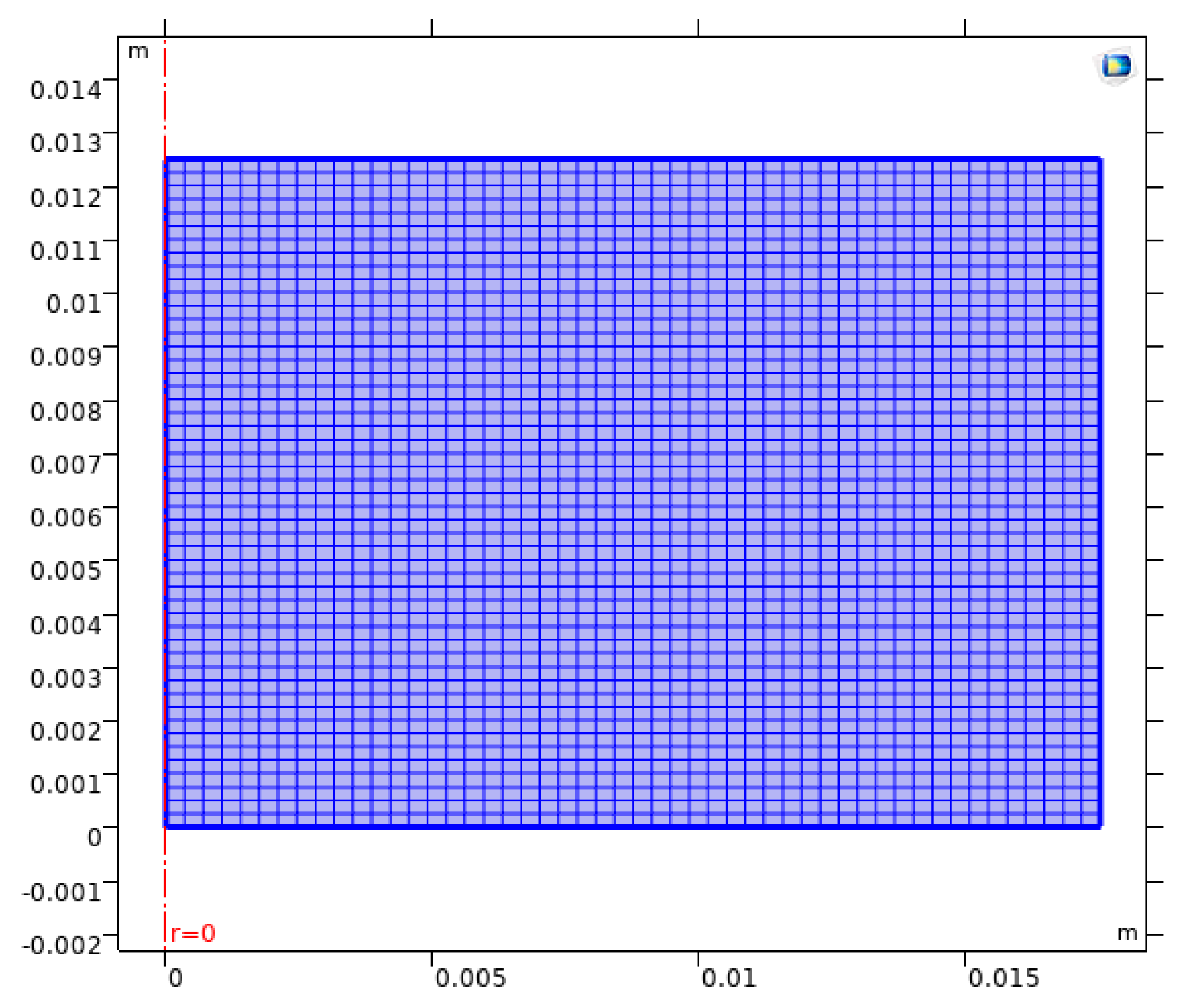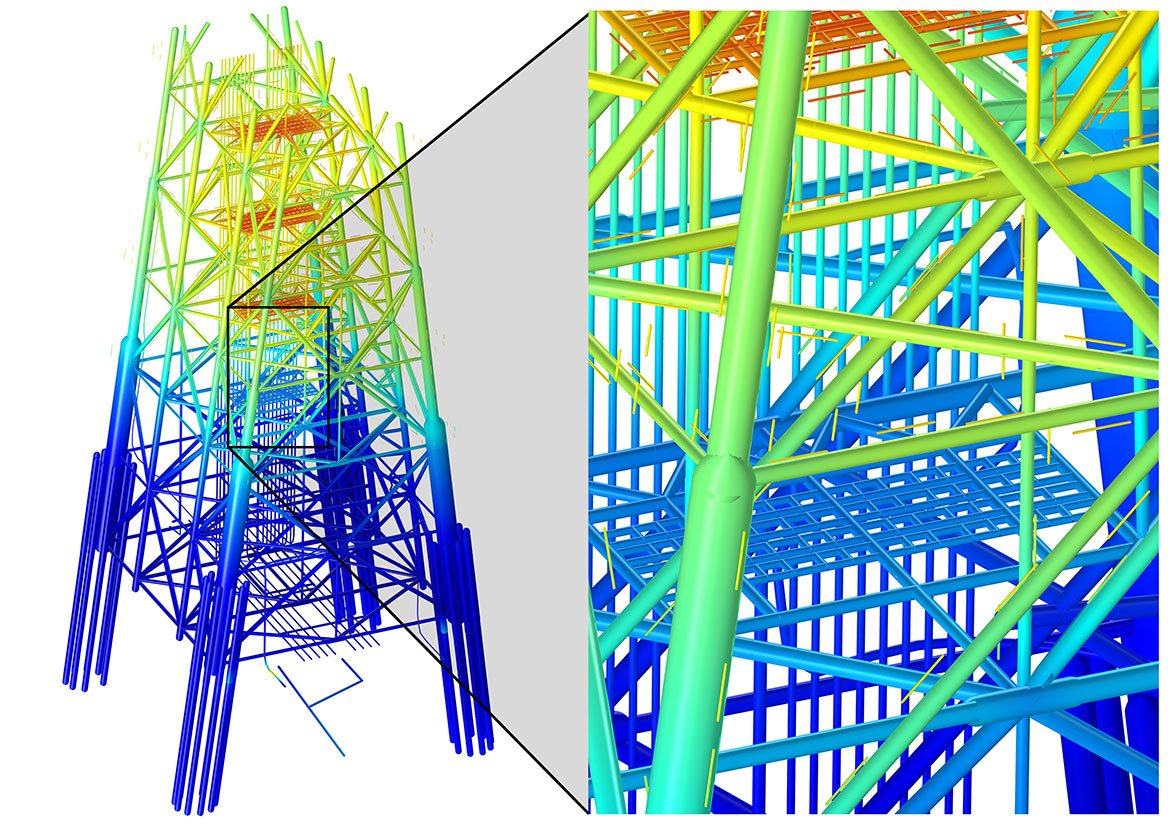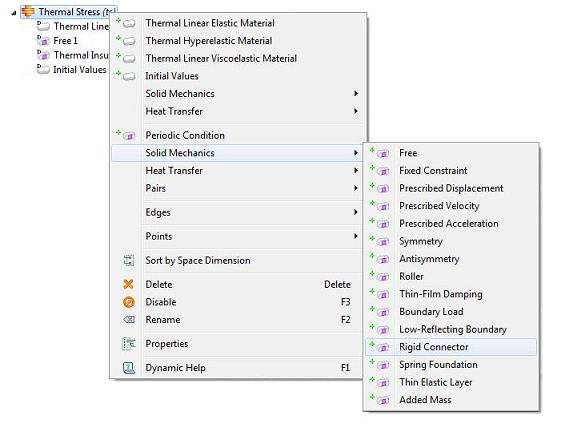
In general, if evaporation/condensation occurs depends on the temperatures and is calculated automatically. I’m not sure if I understand your question.

There could be a difference depending on how you build your model and studies. Otherwise, in most cases the temperatures from nitf and ht are the same and you can rely on the automatic seetings. The temperature from nitf is not available for solids and fluid1, because there we don’t solve for Nonisothermal flow.
#Where can i find discretization section in comsol 5.3 manual#
The temperature difference determines the Rayleigh number which again is used to estimate the convective heat flux by Nusselt number correlations (check the manual for more details).Ībout your second question (I refer to the version 5.3 model from the gallery): Otherwise a user-defined temperature difference can be a guess or maybe estimated from similar problems. If I open the model from the gallery the Temperature difference for Equivalent conductivity is set to “Automatic”. I’m not sure to which version of the model you refer. Of course, the convection in the air affects this flux, because heat and concentration is carried away and this affects the saturation concentration. But since the velocity is zero at the ware surface (no-slip) wall boundary condition the flux is by diffusion. This is the “Compute boundary fluxes” check box in the Interface settings “Discretization” section. Some interfaces have this active by default. Often this difference is small, but especially in multiphysics problems you should use this approach. With the Lagrange multiplier you add additional equations for the flux on this boundary, which answer the question which flux must be applied to get the concentration c=c0. So using the concentration gardient is more an approximate flux since you calculate this gradient with the solution for c inside the domain. Now, you only know the concentration at the boundary, but not the flux. In the equation COMSOL solves (weak form), the Dirichlet boundary condition vanishes, but c=c0 holds of course.

At the surface you have a fixed concentration (Dirichlet boundary condition). I’m not a mathematician, so I explain it with my own words. Below, you can see the resulting temperature and relative humidity distribution, both after 20 minutes. The initial coffee temperature was 80☌, and air at 20☌ enters the modeling domain with a relative humidity of 20% causing the cooling. Next, we take a look at the results of a time-dependent study over 20 minutes. (2) Coupling to the Heat Transfer in Moist Air interface via the Heat and Moisture multiphysics coupling node, which ensures the correct computation of relative humidity. Settings for the moisture transport inside the moist air domain: (1) Coupling of the flow field via the Moisture Flow multiphysics node for convective transport of water vapor. If the Include latent heat source on surfaces check box within the Heat and Moisture multiphysics node is enabled, the cooling due to evaporation is taken into account. (3) The Wet Surface interface calculates the evaporative flux from this surface. (2) Coupling to the Moisture Transport in Air interface via the Heat and Moisture multiphysics node, which gives us the correct input of relative humidity to determine the moist air properties according to Equation 2. Settings for heat transfer inside the moist air domain: (1) Coupling of the flow field via the Nonisothermal Flow multiphysics node for convective transport of the moist air.

All in all, it is a strongly coupled phenomena that is implemented in no time with the available interfaces and couplings. Let’s first define the saturation pressure, p_.

We exemplify this process and its characteristic properties by using water as the liquid substance and air as the gas. Some Basic Concepts of Modeling Evaporation in COMSOL MultiphysicsĮvaporation is a process that occurs if some substance in its liquid phase vaporizes into a gas mixture that is not saturated with the substance. It has since been updated to reflect new features and functionality available in the Heat Transfer Module. Here, we give an introduction to modeling evaporative cooling using a cup of coffee as an example.Įditor’s note: The original version of this post was published on December 8, 2014. But evaporation is also a process with many industrial and scientific applications, ranging from meteorology to food processing. When you think of evaporation, you probably think of the cup on your desk that spreads the aroma of coffee or tea.


 0 kommentar(er)
0 kommentar(er)
